Cloud Network Security
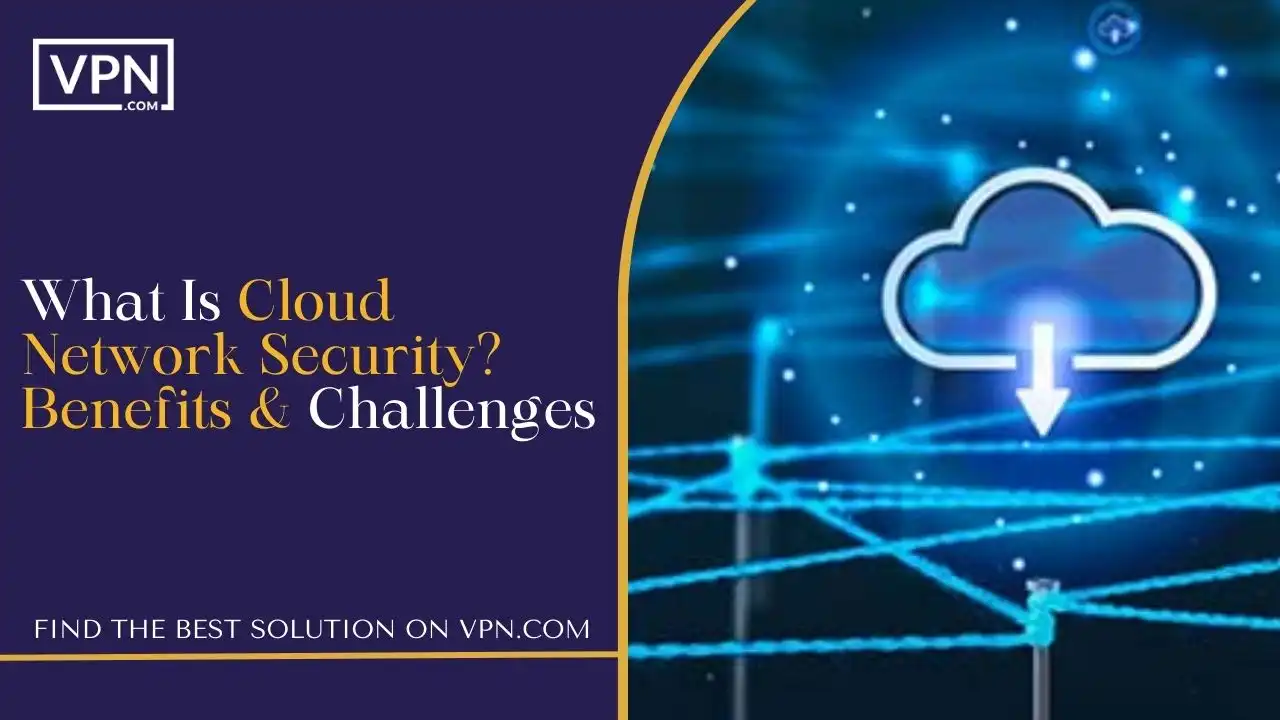
We all know that the digital world is evolving every day. The way we use software and store has changed a lot and do you know why? Because of cloud computing. So, why cloud computing? Because it means that you are using the internet to access programs or data storage instead of using a physical computer or server.
It is very beneficial to access data with the help of them. If you want global teamwork in real time then we think cloud networks are something that you should go with.
There are many perks of using cloud computing. They include the ability to scale, financial savings and streamlining of various company processes. But with perks comes the dangers too, right? Cloud computing comes with various dangers that we think should be addressed. So, today we are going to talk about cloud network security which we think that you might not be aware of.
With it also comes the benefits and the challenges. So, if you still have no idea what cloud network security is then you are at the right place. We will tell you everything that you are looking for.
What Is Cloud Network Security?
Cloud Network Security is used to protect your information and make sure that this information is kept in the cloud. It doesn’t work like everyone else. It will not only focus on protecting your on premises data center. They take their game a step further than everyone else. Cloud Network Security will not just protect your on premise data centers but they will also protect your data in both local and remote locations.
If you want to guarantee the confidentiality of your cloud based information then we think that this measure is the best option to go with. They will provide you with access control, data protection and network security.
These features will work together to prevent any data breach or leak that your company can face. So, companies should thanks to this Cloud Network Security that their data on the cloud will be safe because of it and it will help your staff to work together effectively.

Our #1 Rated Monitoring Service
- 24x7x365 multi-cloud security
- Security Assessment & Remeditation
- DevSecOps
- Cloud Disaster Recovery
What Are Benefits Of Cloud Network Security?
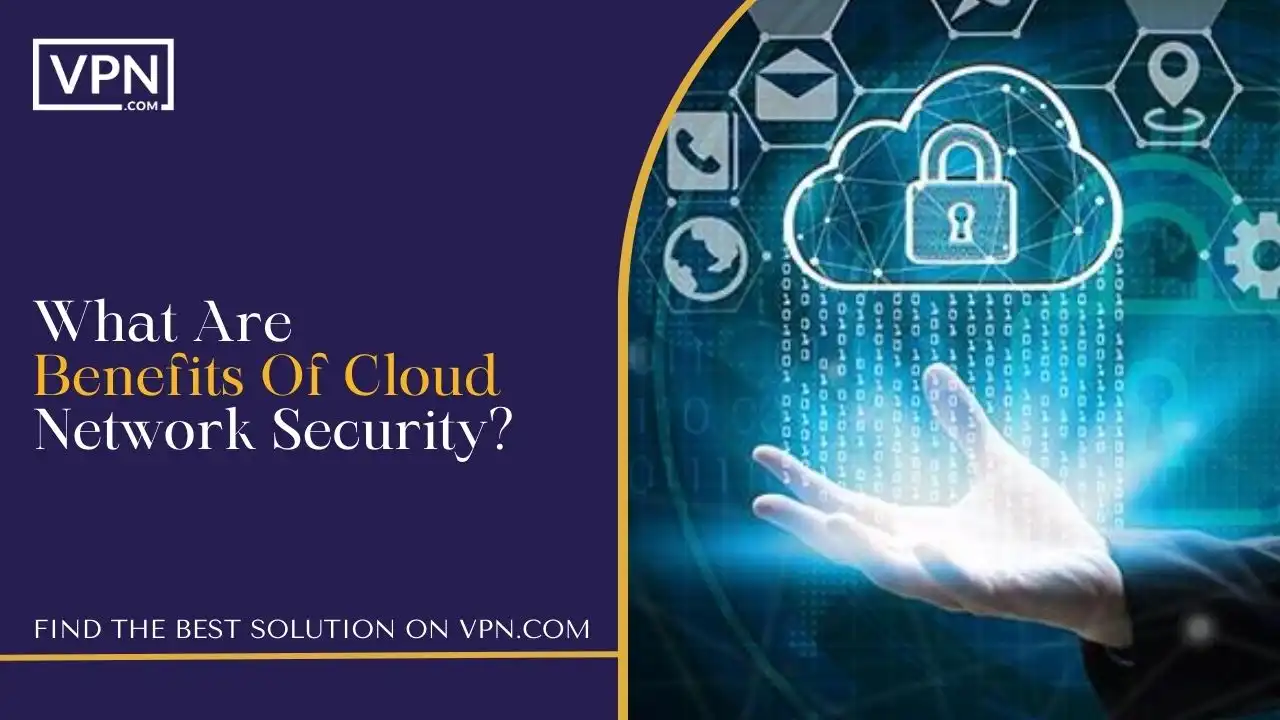
There are many features that are offered by cloud security networks. So, if you are a company looking for high security then we think that you should take various capabilities that cloud security networks are providing; essential for nowadays operations.
With Cloud Network Security you will get scalability. It will enable various businesses to enhance their security structure as they develop without getting large expenditures. We think that is the best feature that you can ever get for the security of your cloud.
However, if you feel like switching between several models then you easily can. How? With the help of cloud security flexibility. We know that you must be worried about the tools that are needed to optimize your security procedures. Well, now you don’t have to because low human error is there to save you from it.
Doesn’t matter if you are a small or huge company that doesn’t have great resources to pay for their security needs. If you want one then a cloud security network is there to save you by offering amazing features. Cloud security is used by many enterprises to enhance their security posture and cut costs. For example, banking firms are using automation and flexibility to lower risk of fraud and keep up with the regulatory changes.
However, scalability is used by healthcare organizations to protect patient data while preserving regulatory compliance. We think that overall cloud network security is a very reliable and affordable option that offers various affordable options to the companies of all sizes. So, let’s discover features of Cloud Network Security.
Scalability
We all know that the adaptability of cloud infrastructure is the most important factor for any company. It will assure the company’s success in today’s ever-evolving world. The cloud infrastructure will provide you flexibility, scalability and cost effectiveness that you won’t find anywhere else. It will help you in accommodating increasing demand.
Cloud infrastructure will offer you a flexible and effective alternative for your enterprise. Especially, when you need someone to handle the increase in consumer traffic, integrating new apps or services or just simply adjusting their IT resources in real time.
They will make sure that the businesses can effortlessly meet their dynamic and changing needs by automating the management of their resources. That is why the flexibility of cloud infrastructure is very important for supporting the expansion and prosperity of contemporary enterprises.
Flexibility
We all know that mangain resources is very essential for any company to do well. The business world is changing a lot nowadays and it is hard to make sure that each part of the company has what it needs to succeed. That is where adjustable safety rules will come in handy.
We think that companies need to be very quick in dealing with new problems, updates to their softwares and other changes that will affect their resources. However, adjustable safety rules will give them the flexibility to handle these situations.
If we make the safety rules to fit the specific needs of each part of the company then the organization can take a deep breath that their resources are safe and used well. The rules are not compromised in such situations. We think in this fast going world, being able to adapt resources and then have flexible rules has become more important than ever.
Automation
We think that keeping things safe is becoming more and more important nowadays. There are many cybercrimes happening and it is really important to use automation to handle security. We think that mixing DevOps with automated security management is a really smart move that one can take.
When you bring in DevOps then you are making sure that security is part of the whole development process. What does it mean? It means building safety features right from the start. It will not only make the company more secure but it will also save you time and money.
So. We think that using the tools that will automatically handle security issues will help companies find and fix problems more quickly. It will make the development process faster and safer. So, if there is a company that wants to keep its apps and systems safe then going for a DevOps strategy with automated security management is a very good idea.
Centralized Management
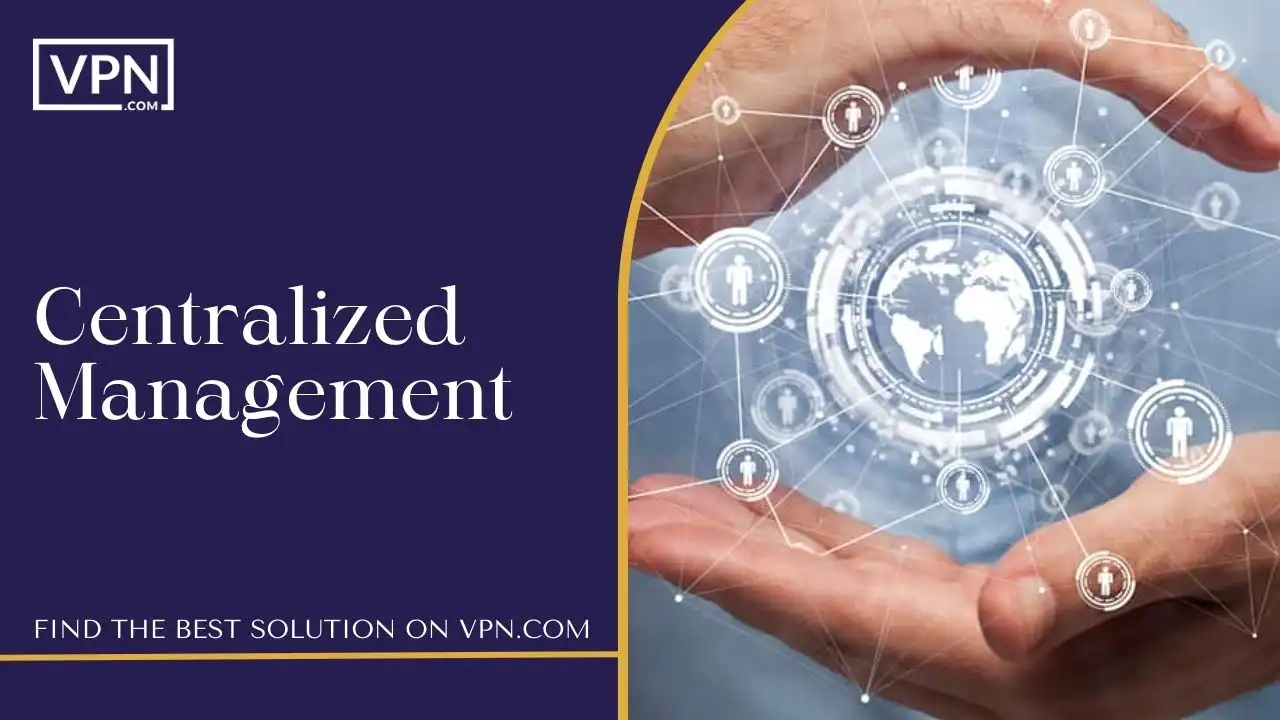
Let us talk about centralized management. Nowadays, where security threats are always there; we think that having a single view of everything is quite useful. This method will give security people a clear and complete look at all the security operations. It will help them spot and fix any issue rapidly.
So, for businesses of any size, we think this real time visibility is a great help in securing assets and reducing risks. So, if you want a more effective and efficient way to handle the security then we think that you should consider adopting this single view approach.
Shared Security Responsibility
As more businesses are moving to the cloud then we think that keeping things secure has become a really big concern. That is where the shared security model will jump in to save you. Both the client and the cloud service provider will share the responsibility of keeping the system safe.
The client will take care of protecting their apps and data while the cloud service provider will set up and maintain a strong security system. This teamwork will ensure a safe and dependable platform. By using this model, many businesses can be sure that their cloud operations are secure, reliable and they perform well.
What Are The Challenges Faced By Cloud Security Network?
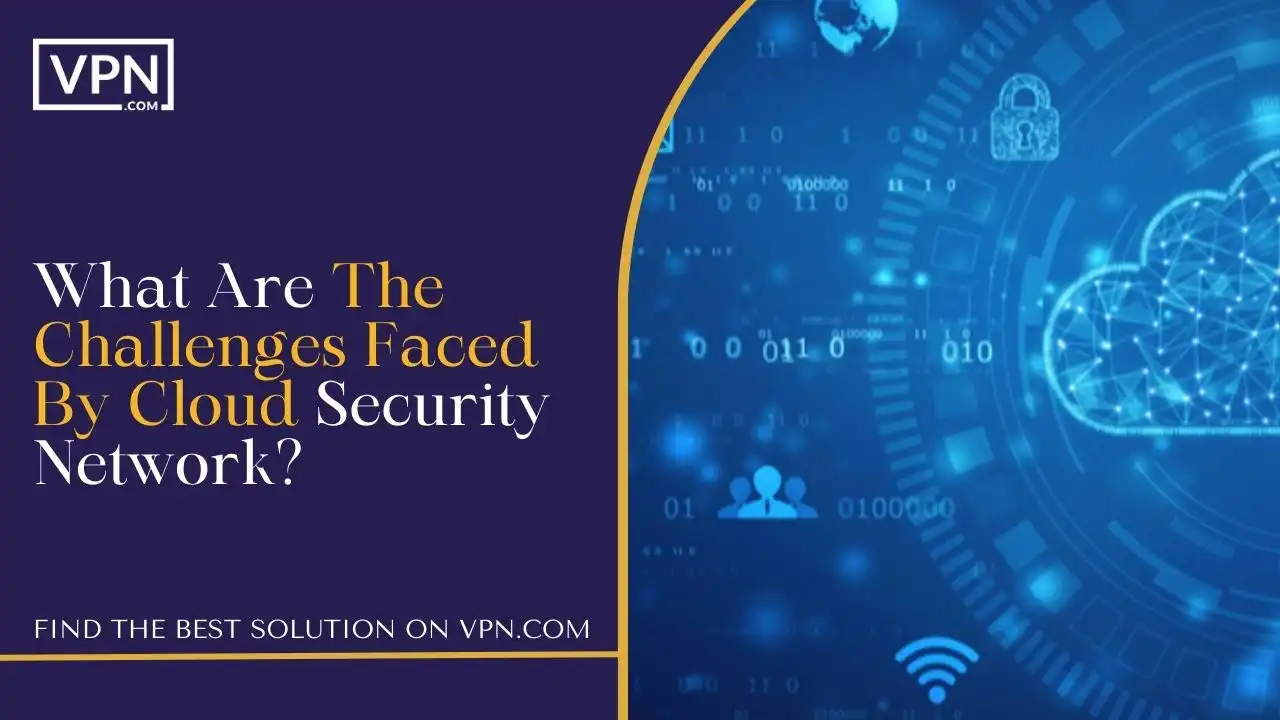
Businesses nowadays are dealing with issues like insider threats and data breaches. These problems will get tricker because companies have to follow the rules to keep important data safe. So, it means that unlike regular security problems, fixing these issues will require teamwork between the companies and their employees.
Also, if you are able to see clearly and control things will make it tough to stop harmful activities. We have the examples of Target and Equifax show that tells us that even big companies like those can be at risk. So, to handle these issues and keep your data safe; we think that companies will need to make security stronger and train their staff regularly on the best ways to deal with things.
Keeping Data Safe From Cyber Attacks
We all know that we are living in the age of the internet, where cyberattacks and data breaches happen a lot. These attacks will steal credit card information or get into important business and personal data. It will cause money loss and make customers lose trust. Is this what you really want?
So, to stop personal data leaks and misuse; companies need to use good security measures and watch their databases. We would say that users also need to be really careful when they are sharing their personal information online. They should make sure to keep an eye on their money activities to avoid cyberattacks.
Following The Rules
Making sure that a business follows industry rules will become harder as more companies will move their operations to the cloud. You should know that every industry has their own set of rules to follow; like HIPAA for healthcare or PCI DSS for handling credit and debit cards.
The cloud will also bring up issues like data sovereignty and security. We think that companies need to understand and stick to the rules specific to their industry. But you need to make sure that their cloud service providers will do the same.
However, without the right controls in place; there can be serious circumstances like big fines and damage to a company’s reputation. As the cloud will keep growing; the companies will need to stay alert and make following the rules their number one priority. This will keep their data safe and private.
Facing Challenges In Cloud Security
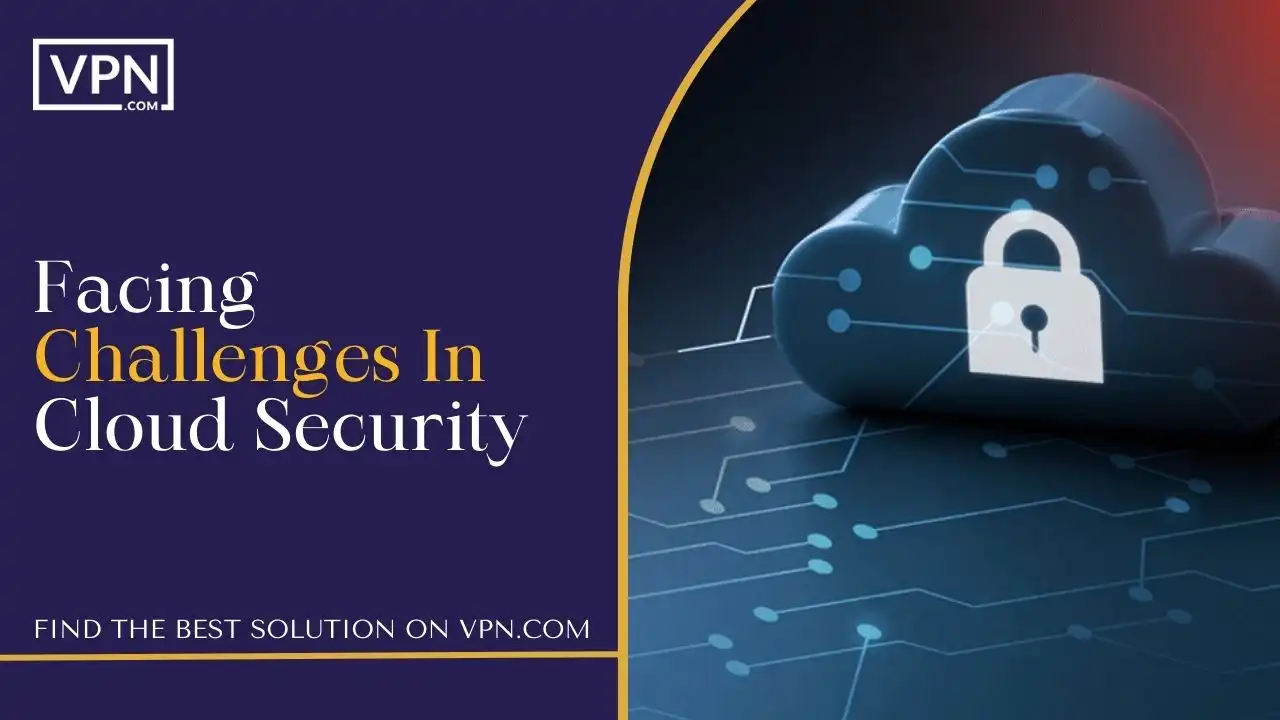
As more businesses are moving to the cloud; a growing issue is not being able to see and control things right. When the data is spread across many servers and applications then it is hard for the security team to just watch and enforce rules. This will leave a gap and make it easier for attackers to take advantage of weaknesses.
Even though we know that the cloud providers have their own security measures but they might not be enough for every business. We think that balancing convenience and security in the cloud is always a challenge with this ever evolving technology.
However, businesses need to take a proactive approach that will be used to understand their cloud setups and make sure that their security measures are good enough.
Dealing With The Complexity Of Cloud Environments
We think that businesses now have a great chance to grow their apps and make their operations more enhanced with multi cloud setups. However, this will also bring a new security problem that will need careful handling. You should know that traditional security methods are not enough anymore because data is spread over many clouds and accessed from different devices.
Businesses will need modern security tactics and solutions that can protect their data from online attacks, give excellent visibility into the cloud and make sure that they follow the law. How can they do this? They can do this by creating a secure multi cloud setup that will perform well and keep data safe.
Understanding Shared Responsibility
The modern world is telling us nowadays why we all need to share security duties. We think that everyone has a part to play in building a world that is secure for all; governments, businesses and individuals. But because of the complexity there are sometimes misconceptions and deep understanding of roles and responsibilities.
We think that each stakeholder must comprehend their role in creating the share security as well as how their activities will affect it. However, defined responsibilities will avoid effort duplication and guarantee that everyone is collaborating to achieve a common objective.
Only then will it be time that we will be able to fully appreciate the complexities of our shared duty for security and contribute to a safer world.
Security Risk From Third Party Services
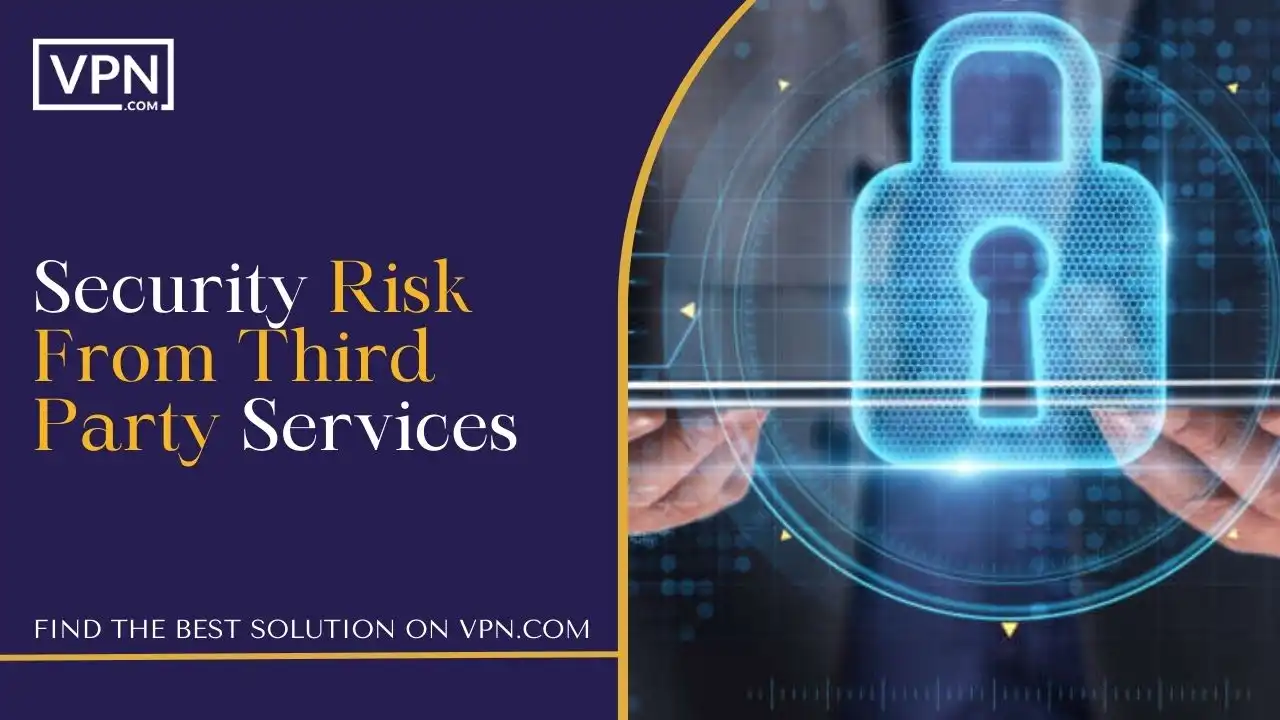
We think that using third party services can be beneficial for businesses as it will provide them cost saving and expertise.. But we assume that these advantages come with risks that companies need to be aware of and then handle it.
So, relying on third party services will expose a business to security breaches or even violations of regulatory compliance. This can result in a damaged reputation and legal consequences. If you want to effectively reduce these risks then your businesses must implement strong vendor risk management procedures.
It will involve doing thorough research on potential vendors. It involves checking their security measures and evaluating their ability to follow regulations. By taking these steps; businesses can protect themselves from potential threats and feel confident that they are making well informed decisions about their partnership.

Our #1 Rated Monitoring Service
- 24x7x365 multi-cloud security
- Security Assessment & Remeditation
- DevSecOps
- Cloud Disaster Recovery
Conclusion
Now you know everything about a cloud security network. You should understand the fact that nowadays nothing is safe. And if you are running a business then you really need to take such actions that will save your company from any kind of data breaches or leaks.
You should also spend money on your security and privacy. And if you are really willing to take that measure then we think that there is no better option than having a Cloud Security Network.
It will offer you various benefits that we have told you before. However, with it comes the challenges too. But you don’t have to worry about that because we can work on it and use strategies to overcome it. We think that we have provided all the necessary information on the Cloud Security Network but if you still have any then feel free to ask us.




